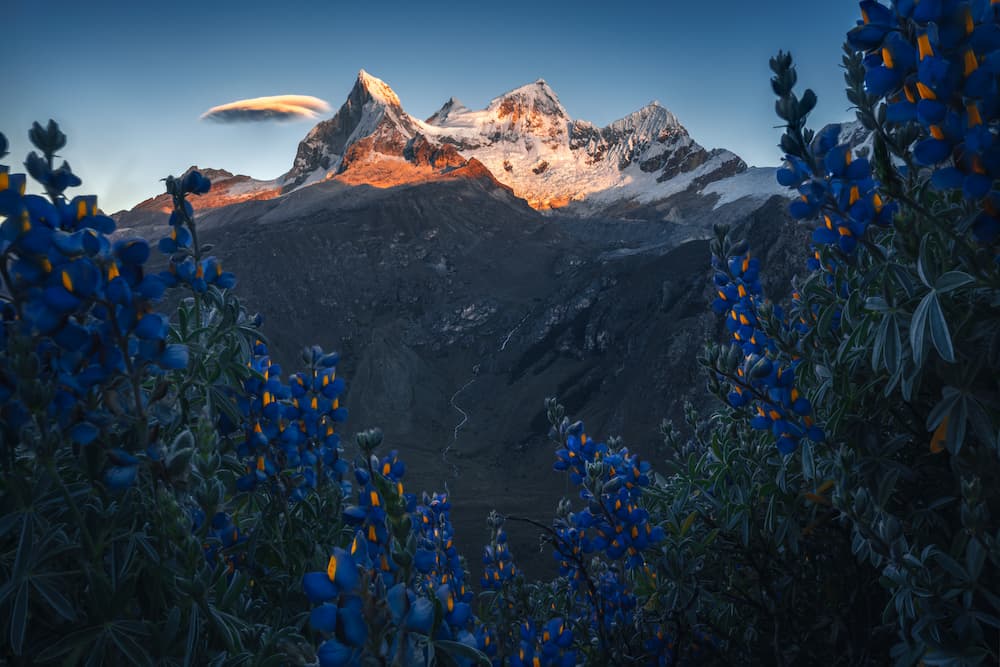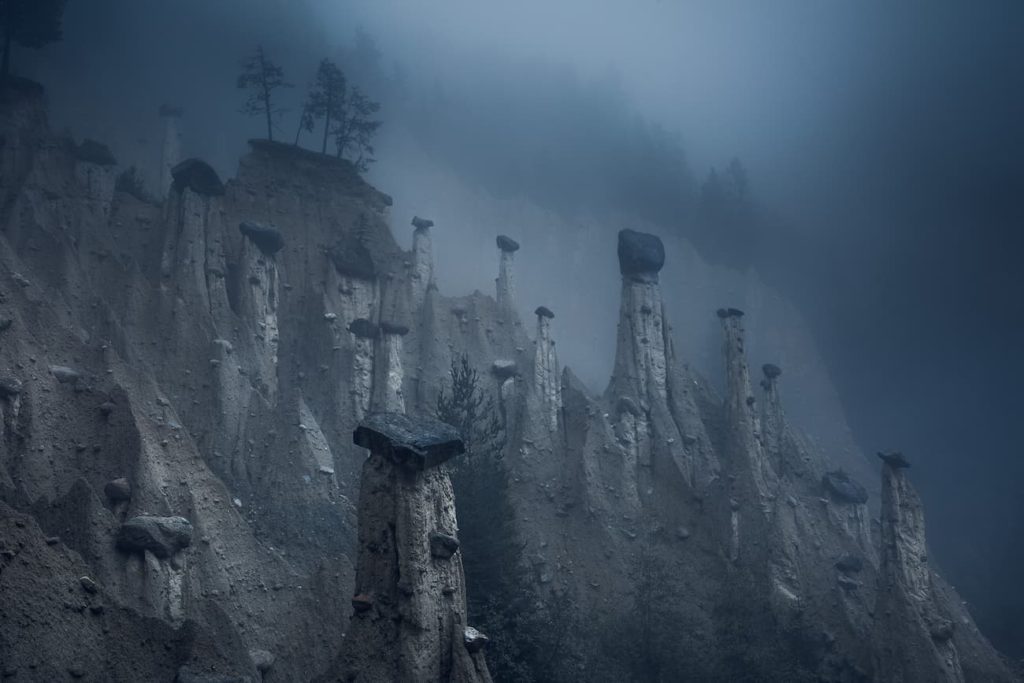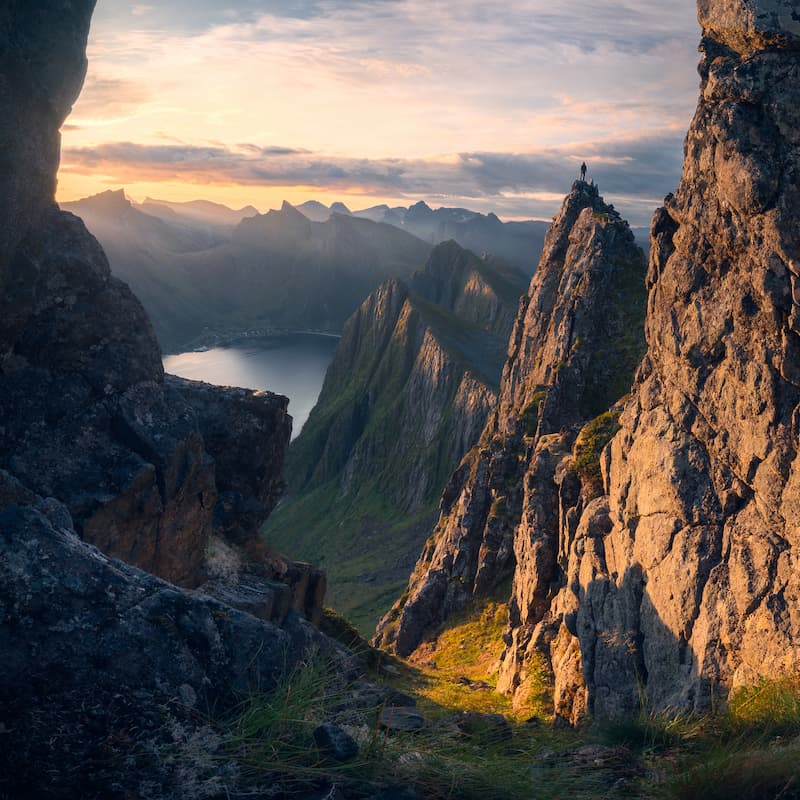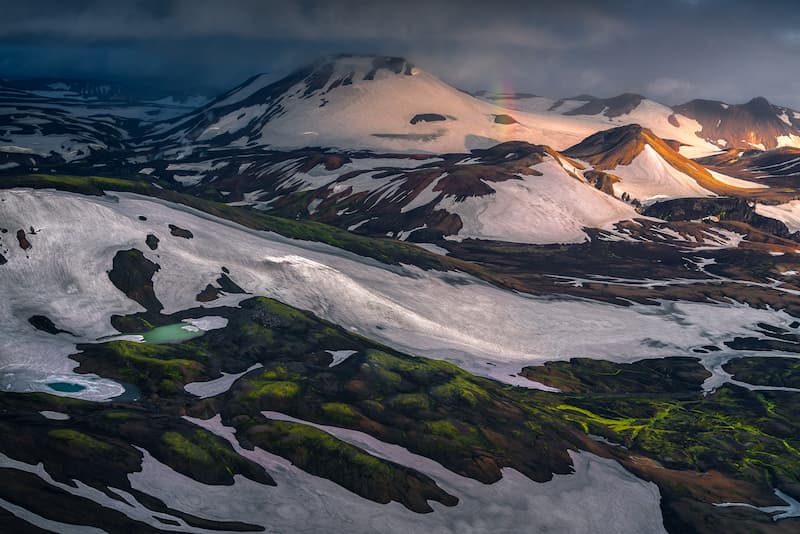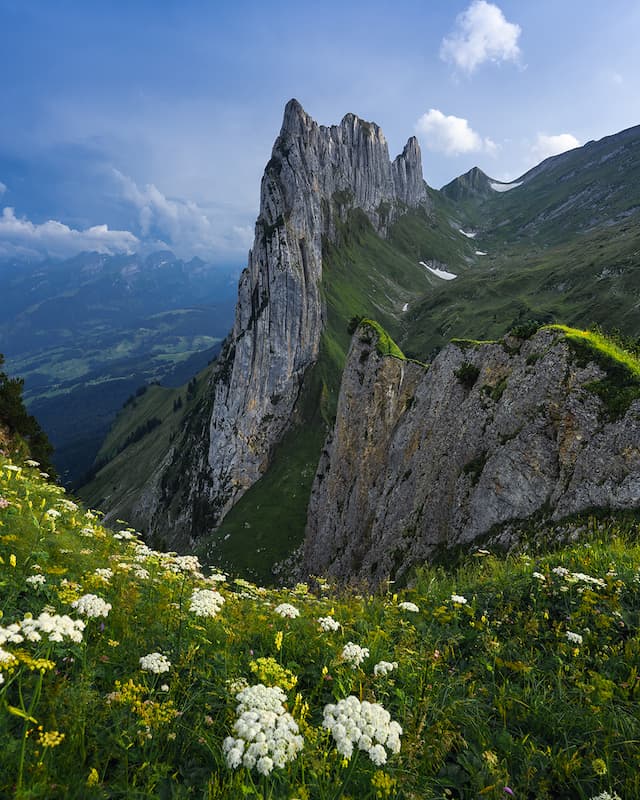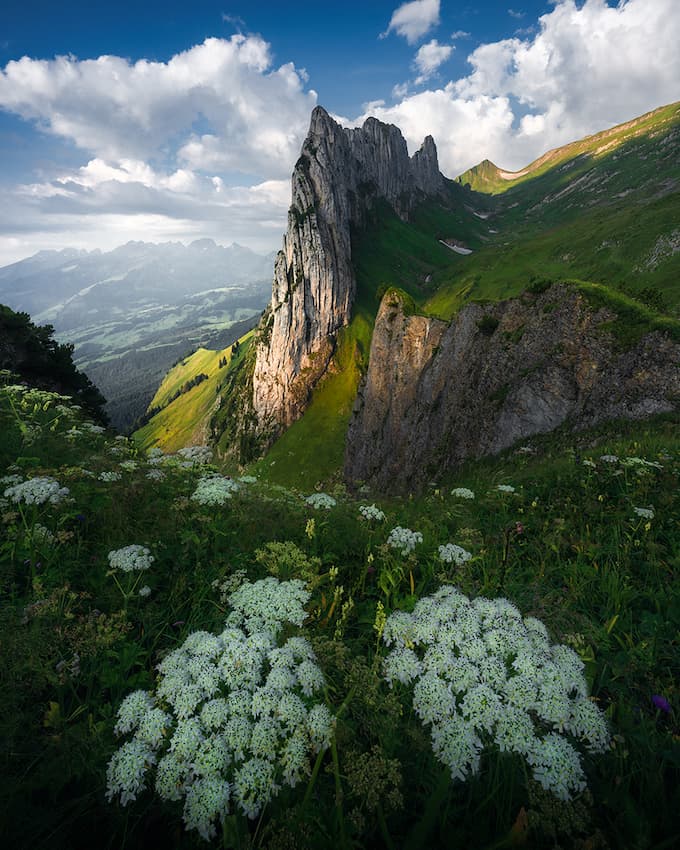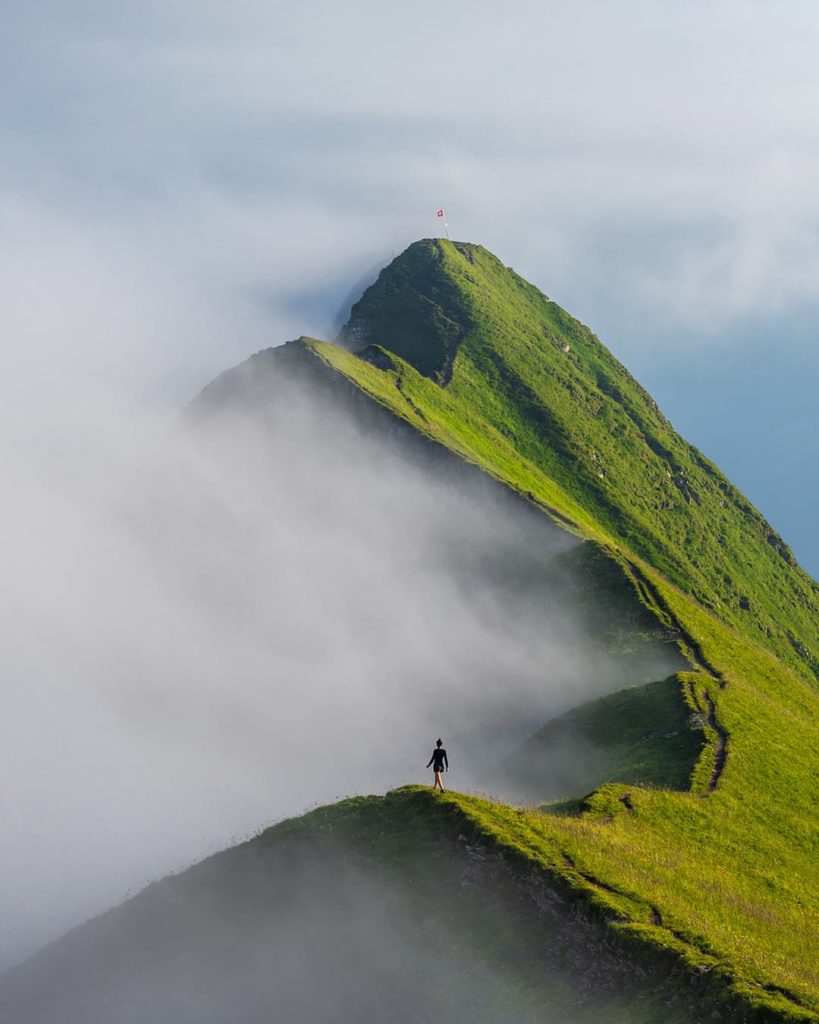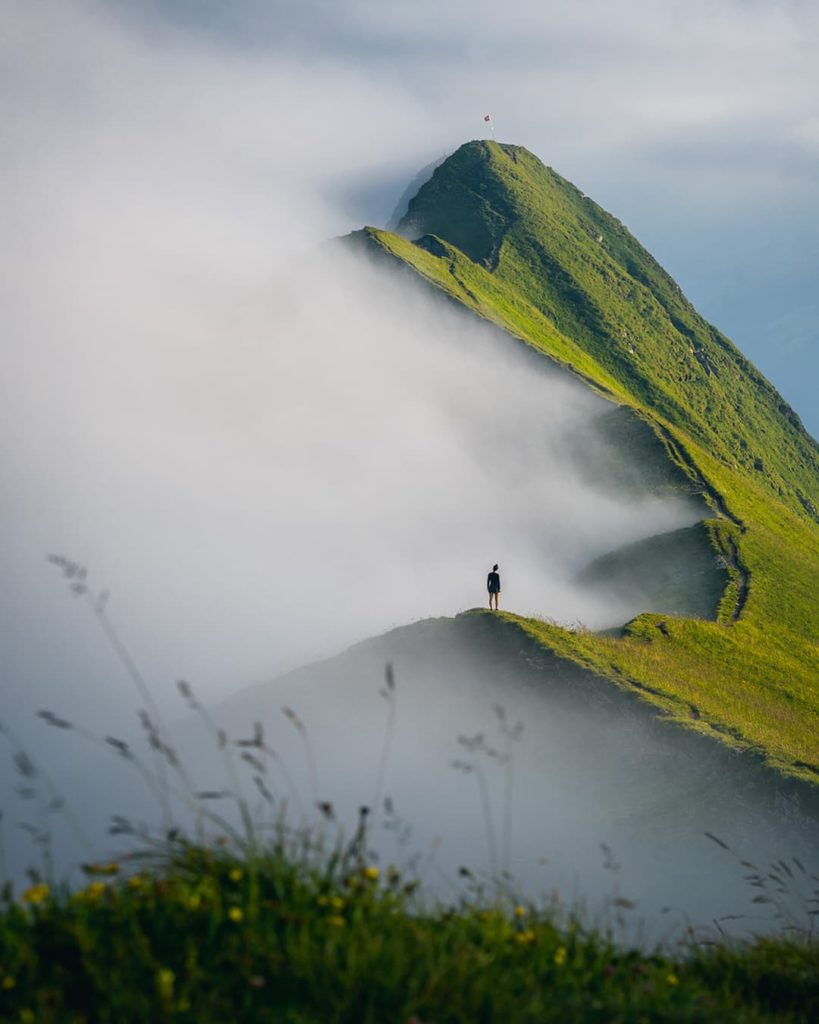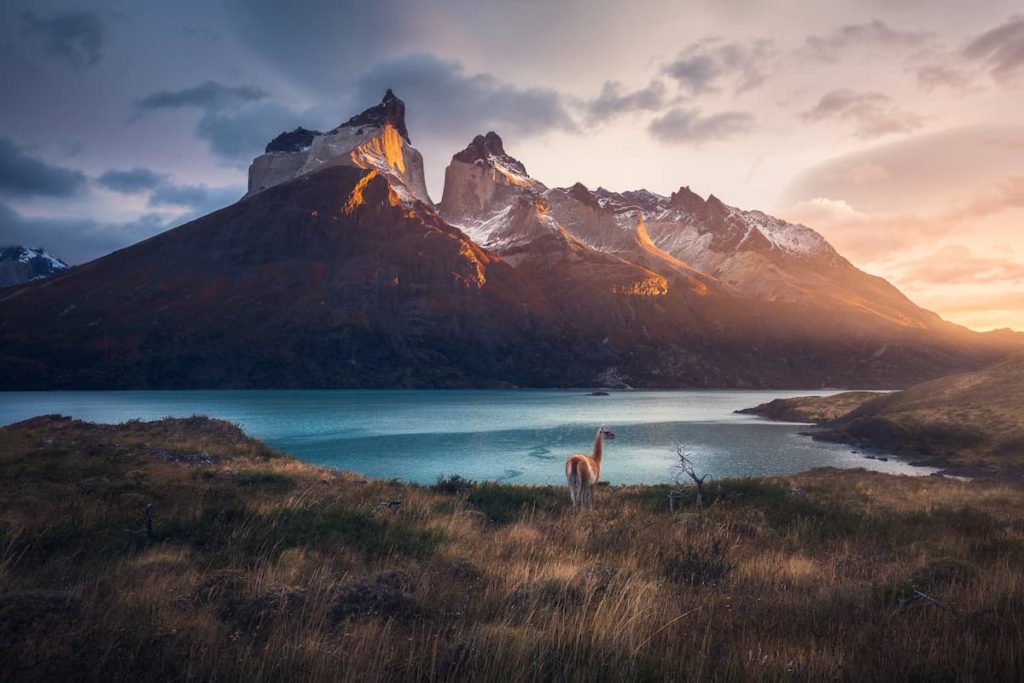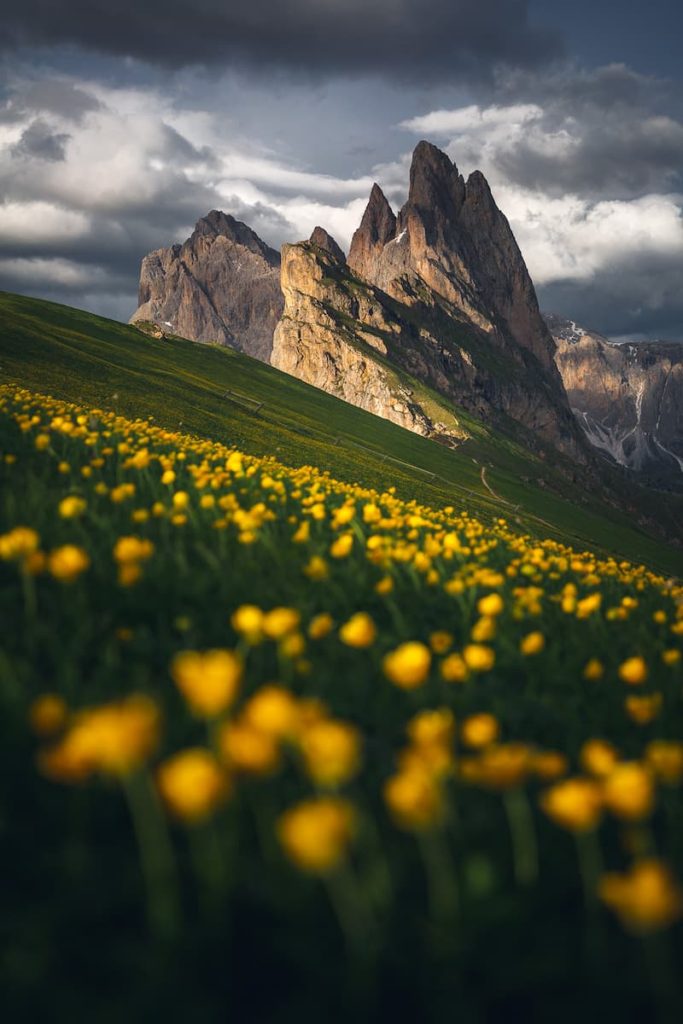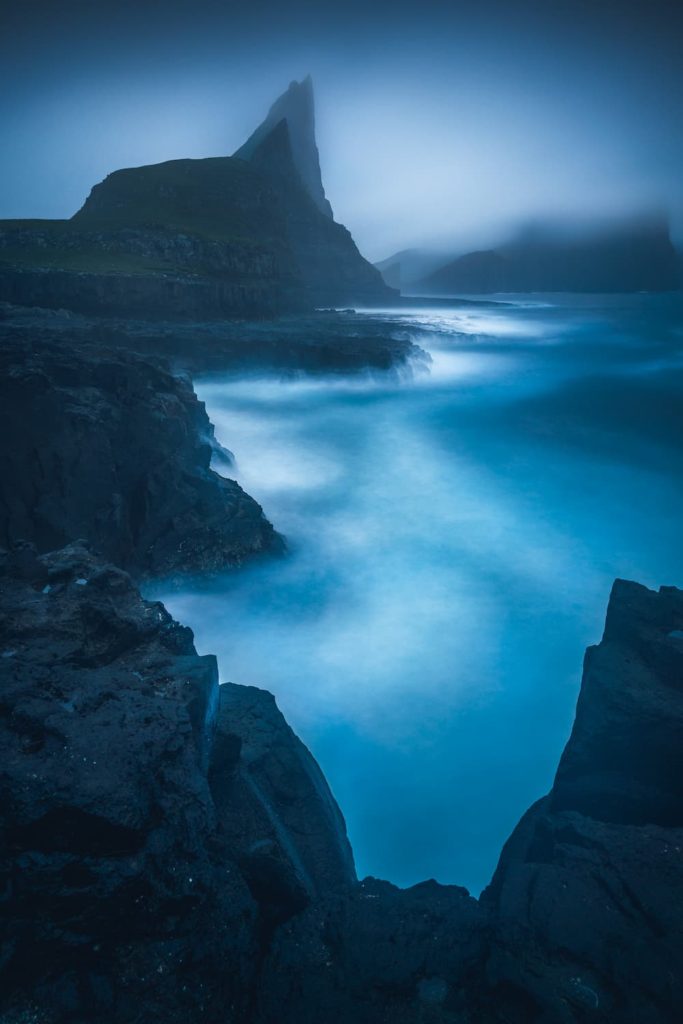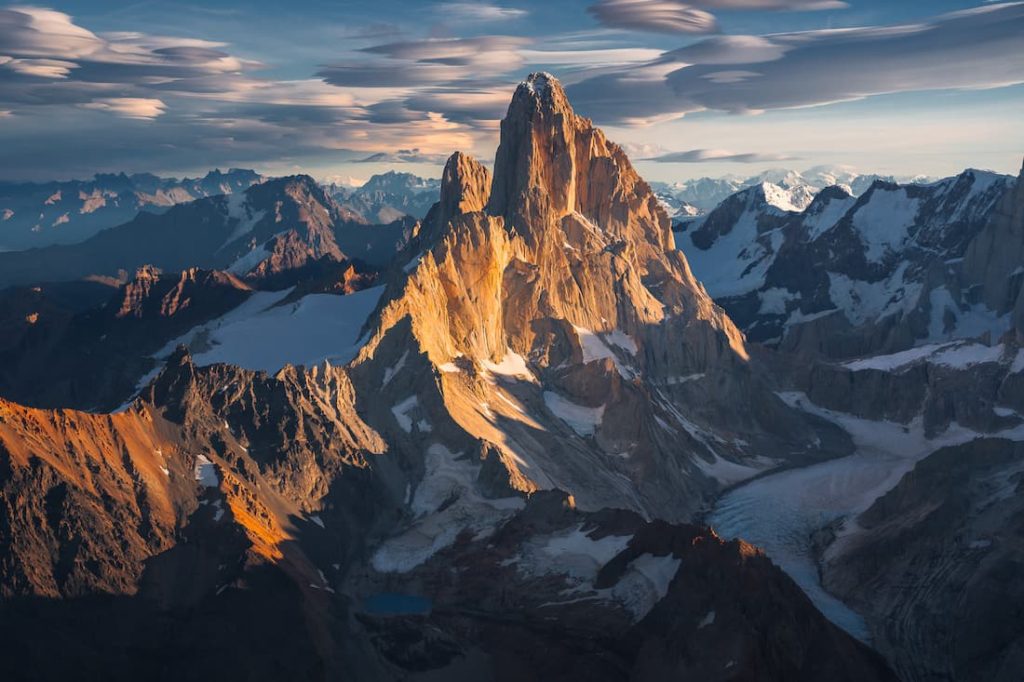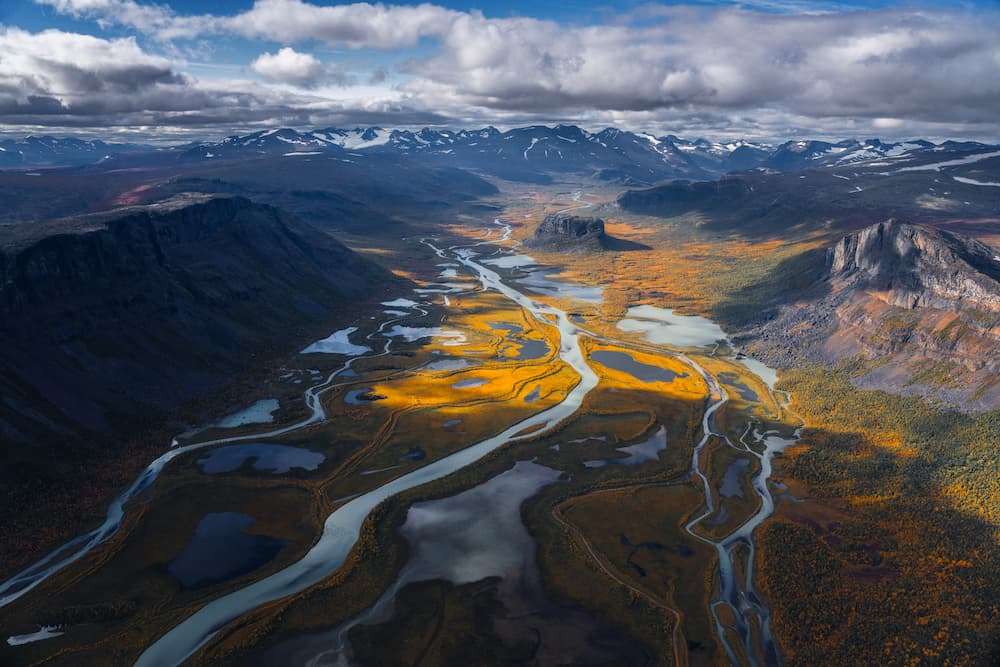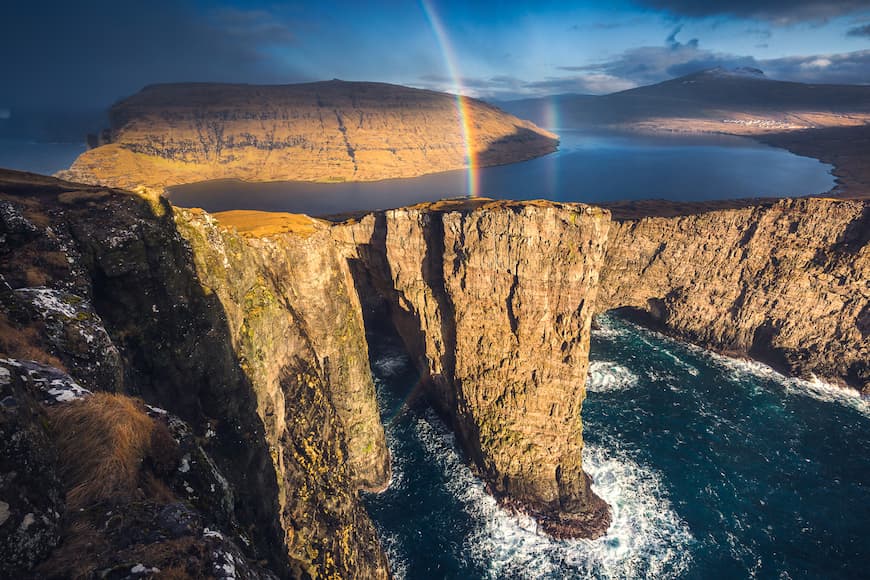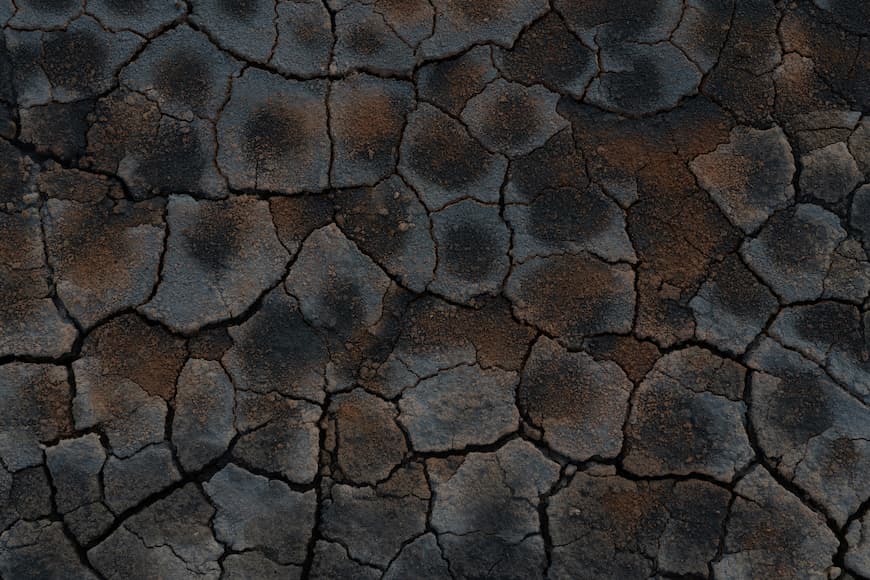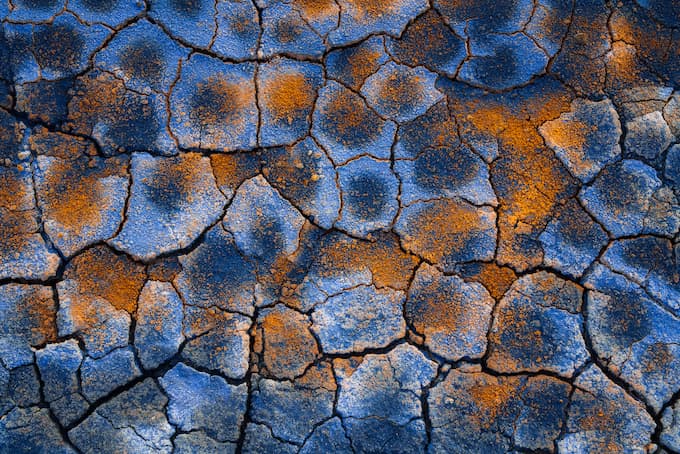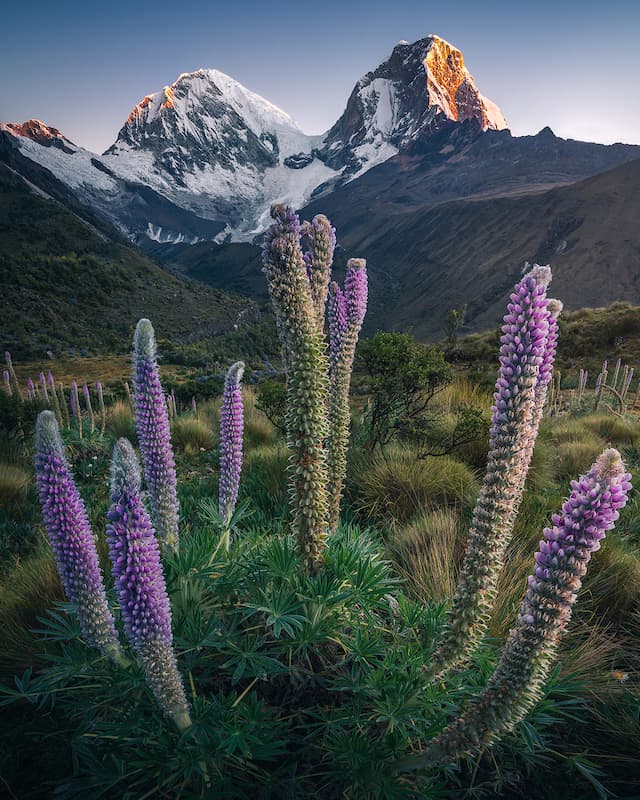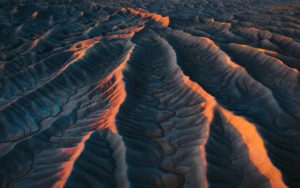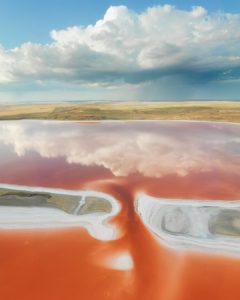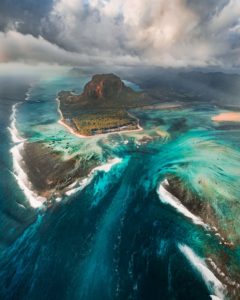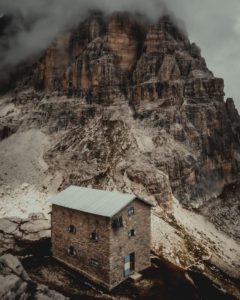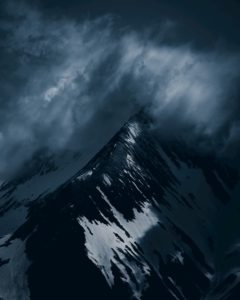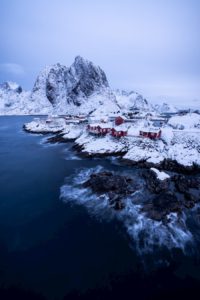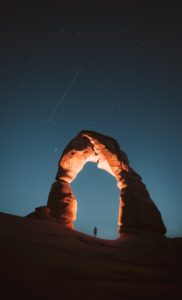
Marco Grassi
@marcograssiphotography
Photographer based in Estonia
Introducing Marco Grassi
National Geographic is an inspiration for many, and so it has been for Marco. Now a full-time landscape photographer and passionate educator in the field, his photography journey started with a love for travel he’d always had and a work-travel year in New Zealand. Although his enthusiasm for photography initiated there, it was only after that year he bought his first camera, with the idea to turn that newly acquired passion into a dream job.
Having a job during the day, Marco worked hard on his photography at night until he left everything behind to practice in the field during an around-the-world trip. It was a well-planned journey and that’s how he realized he’d love to plan shorter trips for other people, bringing photographers and adventurers together on amazing locations. Doing these educational and adventurous tours together with the participants has become his main source of income and at the same time, one of the aspects of his work he loves most. These workshops are “life-changing adventures designed with the idea to combine unforgettable travel experiences together with photography.” And for Marco, meeting people on these adventures, creating a bond in just a few days, is something really special.
He tries to achieve the same on social media, by interacting with his audience. Besides that he truly enjoys it, this is also one of the five strategies he mentioned to have been able to grow his brand. Defining your niche, posting quality content, being consistent, and knowing how social media works are the other four recommendations. In that regard, Marco provides a free pdf guide on Instagram for our readers (see the interview on our website).
While Marco is normally traveling most of the year (9+ months p/y), he’s undergone a huge change in 2020 and still today due to the travel restrictions. Looking at the bright sight, he made good use of his time in the office and focused on creating video tutorials and presets to keep being active and doing what is such a big part of his job and passion: educating people on photography.
However, despite the circumstances and being at home much more, the “truth is that there are always too many ideas and too little time in a day!” Keep reading the interview with Marco below!
Interview
Welcome Marco!
One of the first things that quickly called our attention was the following caption in one of your social media posts: “Since the first moment I got into photography, I’ve seen National Geographic as something very ‘far away’ but yet something I should try to reach. That’s why today I’m super excited to share with you one of my photos that has won the third place in the 2018 “National Geographic Travel Photographer of the Year contest!”
First of all, big congrats on such an achievement. It seems you had an ambitious goal in mind right from the start. Can you tell a little bit about yourself and how photography became the main area of your ambitious (professional) goals?
Hi there! Thank you so much for having me here today 🙂
Yes, I still remember how excited I was when I found out that one of my images had just been awarded in that contest! I was, and still am, very happy about that achievement as National Geographic has always been a source of inspiration.
My photography journey started when, after finishing High School, my girlfriend and I decided to spend a year in New Zealand, working, traveling, and learning English. There, I quickly discovered a passion for photography as I started feeling the need to capture the amazing sceneries around me. Only at the end of that trip though, on the way home, I bought myself a camera.
Long before getting into photography, I was a nature lover, trekking enthusiast, and travel addict. I knew traveling and being in nature was something I wanted to keep doing in the long term and possibly make it my job and soon realized that landscape photography would be a great way to pursue this dream.
"So I started learning and practicing with the idea to turn this passion into my job from the very beginning!"
Related to that, becoming a full-time landscape photographer is not an easy path to follow. What were the tipping points along your journey that made you realize you were able to make a living with photography?
That’s absolutely correct, becoming a full-time landscape photographer is not easy indeed. In the beginning, I had another job so I was working during the day and learning photography during the night. Once I saved enough money to travel again, I left home for an around the world trip to finally practice what I had learned and started “building” my portfolio. A crazy idea if I think about it now!
I realized that just as I had planned my long photography journey around the world I could plan similar shorter trips for other people and bring photographers with me to amazing locations, taking care of all the logistics. The idea to offer photography tours was born!
So I came up with some locations and teamed up with other landscape photographers as well. When the first tour was over, I knew I had reached an important turning point.
"I focused all my energies and time on photography tours and made it my main source of income."
Also, could you share with us the four most notable strategies that have allowed you to become a full-time landscape photographer? Are those same strategies still relevant today?
I started out by shooting a bit of everything. And I did enjoy shooting subjects other than landscapes, but I thought that a good strategy would be to focus on building my career around one subject only. So I picked landscape photography as it’s the one I like and enjoy the most.
Then, I started sharing my work online. I believe social media played an essential part as without them I’m sure it would have required much longer to reach so many people and clients. Even though I was “late in the game” because I joined Instagram and Facebook (with my business page) when there was already a lot out there, those were the only channels I had to showcase my work in the beginning and get people to know my brand.
"My strategy to stand out was to post only the very best of my work."
And then, of course, the hard work was part of the strategy. I invested in travels and never gave up until I finally started seeing the results. Looking back, traveling was the best decision I could possibly make as it helped me build relationships with other photographers and make a name for myself in the industry.
In general, I think these strategies are still relevant.
Continuing with the previous question: What can you tell us about your (daily) routine with regard to your photography work? What are effective ways of working for you and how do you combine it with personal projects? I can imagine that your days may look a bit different now with the current pandemic. What do you do differently now, considering the restraining circumstances?
Since 2015 I have been traveling every year for most of the year (9+ months per year) jumping in between workshops, scouting trips for new destinations, personal projects, and commissioned work, using most of my time in the office to plan the tours and scout for locations. So life on the road used to be my routine.
In 2020 everything changed, for me as it did for the rest of the world. I was still able to travel a lot in Europe (about 5/6 months) but I had to cancel all my workshops and I definitely spent more time than usual in the office. To look at the bright side, I had the chance to concentrate on some projects which I would otherwise have postponed further, such as my video tutorials on post-processing (which can be found here) and presets (which I just launched and can be found here!). I had more time to do some scouting in Europe for new tours and edit many images that had been completely forgotten in my archives.
Photography being a creative field, actually staying creative is really important. How often do you feel creative blocks and what do you normally do to overcome these and keep pushing your own boundaries as a landscape photographer?
Honestly, I’ve never experienced creative blocks. I guess this is because I always feel inspired when I’m out since it’s something I truly enjoy.
Even during the photo tours, which is when I go to the same locations multiple times with different groups year after year, I always find ways to be creative and feel motivated to try to come back with something different compared to the previous tour/year.
Over the past few years, you have been able to grow a significant social media following. We are curious to know which strategies worked for you in this regard. Posting great content has certainly been helpful, but did you use any other strategies and/or actions to become (and remain) “notable/visible” on social media?
I personally think that it comes down to 5 things: knowing how social media works, defining your niche, posting quality content, being consistent, and actively interacting with the audience.
In 2020, because of the lockdown, I did see a huge increase in numbers as I was able to spend more time in the office, find new material to edit, share with more consistency and interact more.
Instagram is the platform I use more and know better therefore over the years I have developed a precise workflow on how to use it. For anyone interested, I have created an in-depth PDF guide on Instagram which can be downloaded for free here 🙂
At a really young age, you managed to travel the world and visit some of the most remarkable locations in every country. We are curious to know, among all the places you have visited until now, could you name three landscapes that really sparked your creativity and inspired you?
Nature and being outdoors is what actually inspires me, regardless of the location itself. So each one of the places I visit for photography purposes is inspiring in the same way. I do, however, feel a stronger connection with some places, for example, Patagonia, the Dolomites, and the Faroe Islands.
Patagonia (Argentina and Chile) because is one of the most beautiful places I have ever been to and, after having spent months in the area I feel like I could easily spend years hiking around and discovering new angles. Autumn is one of my favorite moments to be there.
The Dolomites feel like a second home, I’ve spent months there in every season and I still can’t decide when I like it more. The impressive peaks, turquoise lakes, and beautiful hikes make it the perfect destination.
The Faroe Islands are another place I particularly enjoy. Since my first visit back in 2016 I have returned many times and have always discovered something new to photograph. I love the dramatic cliffs and highly changeable weather.
I am sure that you have many favorite photos. Or probably even all of them have a special meaning to you 🙂 But can you share with us three images you are really proud of? What is the background story of these photos and what makes you feel proud of these ones in particular
Yes, most of the images I shoot have a special meaning to me! The reason could be because they are linked to a special moment or have been particularly challenging to get.
These three came to my mind today for the story behind them:
Patagonia Aerial: I was supposed to fly above this area back in 2018. It wasn’t easy to find a pilot but when I finally did, we picked a week of March before the beginning of my annual Patagonia tours and waited. March finally came, but the weather was not collaborating. Finally, on the very last day at my disposal, the forecast was predicting good weather for sunrise so we agreed to fly. But unfortunately, because of an issue with the radio, we couldn’t take off. So I had to postpone the flight to March 2019, when I finally made it up in the air and had one of the bumpiest yet impressive flights of my life! It was pretty windy up there (you can tell by the presence of the lenticular clouds) but seeing a place I know so well from the ground from a totally different perspective was incredible.
Sarek National Park Aerial: Sarek National Park had been on my bucket list for a long time. In 2020 I decided to finally visit and drive all the way to Swedish Lapland and back from Southern Europe (3.300+km each way) together with Jessica, my partner. The drive was an adventure itself and once there we hiked in the park for a week. The place is super remote, it was just the two of us for kilometers plus an endless number of reindeer here and there! On our last day, to get out of the park, we had a helicopter planned and thankfully the weather was perfect. I photographed the area from above and this is one of my favorite images taken that day.
The Faroe Islands rainbow: I hiked to this location in the dark as I wanted to shoot sunrise there. However, once I had more visibility in the sky I could clearly see that it was not promising. It was covered with thick rain clouds and it didn’t look like any light could pass through. But since I was there I decided to wait under the rain anyway as I still had hope and knowing the Faroe Islands, anything could happen. And it did! The light came through only for a few seconds and I was blessed with this beautiful rainbow. A beautiful and unexpected moment!
We are curious about your editing process/style. And I am sure our readers would love to know more about it! It would be highly valued if you could share with us a before and after and explain to us the basic steps of your editing process.
I start in Lightroom to create a base to work on. Here I try to give a look that can work as a starting point to the image. Then I move to Photoshop. Depending on the image, I can spend from an average of 10 minutes to 1:30h to edit it. When it’s the case of wide-angle landscape images I need to make more local adjustments, work with the dynamic range and it normally requires more time.
Let’s take the examples below:
Move RIGHT or LEFT to compare
This image here is, I guess, the perfect example to show you how much you can actually do to a RAW file. When editing a picture, my first goal is to solve problems and afterwards focus on the things I like and want to enhance. Regarding the issues:
1) The mountains are small, way smaller than in reality. When I was there, they were towering above my head and felt super dominant in the scene, but because I shot this with an ultra wide angle lens the peaks ended up looking smaller and more faraway. Something I could easily fix with some tweaks on the transform panel in Lightroom by bringing the background closer and pushing the foreground away.
2) The area above the peaks is overexposed and since you can’t recover blown-out areas simply because there is no information to be recovered, the best way was to fix it in Photoshop. It could be fixed using the clone stamp tool, making sure to avoid creating duplicates.
"For this shot the goal was to create harmony in the scene from foreground to background and to make it more tridimensional so that the viewers feel like they are standing there."
To do that, I first had to work globally on colors and contrast in LR, specifically working on the camera calibration menu, the basic panel, the HSL/color menu and color grading menu. All these adjustments are global and aim to give a direction/starting point to what the image will be at the end. Then I started by doing some local adjustments to colors by using the HSL color sliders and by adding linear and radial gradients to enhance shadows and the direction of the light.
Then I moved to Photoshop and kept working locally on colors to finally get the desired look I wanted. The HSL color slider in LR is good but it’s for me just a starting point, in PS I feel like I have more control on colors and that I can always achieve a better result. To add even more depth to the image I did some dodge and burning. In the end, the editing took around 1h from start to finish.
This image required a much simpler edit compared to the previous one since the dynamic range is the same throughout the frame and there isn’t much of a need to create depth since the scene itself wasn’t tridimensional but rather flat.
Normally, on top down images, especially of small scenes like this one, you want to make sure that there aren’t distracting elements on your scene. Sometimes there is grass, sometimes stones you don’t like or once I’ve even found bullets! Either way, you want to carefully check the picture to see if there are elements you might want to get rid of.
"Here I only wanted to work with colors in order to make them pop, I wanted to differentiate as much as possible the blue shades to make them look even more interesting and make the orange really bright and saturated."
For this image I did most of the editing in LR, the only difference compared to the previous image is that I did not add any radial or linear gradient as I felt there was no need to focus the attention on the center or adding a light source.
In Photoshop I worked on the colors and the dodge and burning played a big part on the final look of the image as it really helped making the tiles stand out by making the outline of a much brighter tone of blue. Always in PS, I added some sharpening using the high pass filter. The editing took only about 10 minutes from start to finish.
You are organizing workshops and doing tutorials. What are you aiming at with your educational workshops, tours, and activities in general? And what are the lessons and feelings you want your participants to go home with?
The workshops I guide are, as I like to say, life-changing adventures designed with the idea to combine unforgettable travel experiences together with photography. So I want the participants to go back home with a better understanding of photography and the memory of a great experience.
Every tour begins with a group of strangers with a common passion for photography and the outdoors and ends with a group of friends already looking forward to the next photography adventure together. In fact, I’ve had a lot of returning customers over the years.
Would you like content like this sent to your inbox?
